Thinkhaus Idea Factory was founded in 2017 to help our clients leverage world-class talent and years of experience building brands around the globe.
We help our clients grow by focusing on these solutions areas:

Building Strong Companies and Cultures
We help companies of all sizes establish distinctive visions and missions, core values, portfolio strategies, and more to build healthy, highly functioning organizations.

Building and Marketing Strong Brands
We start with B2B and B2C brand strategy, including brand equity and architecture, personas and segmentation, consumer and customer journeys, retail strategy, brand and product innovation, and more to help create, build and maintain amazing brands.

Creating Brand and Marketing Communication that Performs
We help our clients bring their strategies to market for B2B and B2C audiences around the world via naming, brand identity, websites, print, digital and broadcast advertising, video, direct mail, packaging, retail, and more.

WORKSHOPS & Facilitation
We help companies and brands unlock their full potential through a range of engaging, interactive experiences customized to fit the needs of each challenge. We can host virtual or on-location sessions across the U.S.
We have over 30 years experience with leading brands locally, nationally and internationally:
Our latest ideas and insights to help people and businesses succeed:
I often get asked by executives when we’re starting the Vision, Mission, and Core Values process how we come up with the words. Or, as one executive asked, “Do you already have this stuff written down somewhere and you’re just making us go through these exercises?”
The short answer is no; we don’t already have predetermined answers. We work hard to uncover and discover the values within each company.
One-word values can be ambiguous and interpreted differently by different people. When that happens, you get inconsistent applications across the organization.
They're also hard to represent in hiring and firing decisions. Would you hire someone who doesn't act with integrity? Of course not. Do you want your employees to feel empowered? Probably. But empowered to what degree?
In the fast-paced world of business and brand management, it’s easy to feel trapped in a cycle of addressing symptoms rather than root causes. As leaders, it’s crucial to step back and ask: “What problem are we really solving?”
It's easy to get laser-focused on creating things. But those ideas need to be grounded in something more than personal preference. Before launching your next big idea, your better mousetrap, ask yourself: Does your audience even realize they have a mouse problem?
Here are six steps to consider to make sure your concepts are grounded in insights so you increase your chances for success in the marketplace.
The business world loves stereotypes, where old-line companies (we call them tankers) boast about their age, stability, and staying power while young startups (we call them speedboats) scream about their pace, out-of-the-box thinking, and innovation. Seasoned workers at tanker organizations get cast as rigid and resistant while their speedboat counterparts are hailed as adaptable and tech-savvy.
There is a need for both tanker and speedboat organizations. But let’s be clear here: the only thing you get with age is older. Age isn’t an indication of wisdom, sophistication, or savvy. Age alone does not determine ability to deliver.
“Tell” stories are historical in nature because they address things that happened along the company’s journey to the present. They come in a variety of forms, often starting with a company or brand origin story and growing from there. Because they deal with the past, Tell stories are typically editorialized to get those unseemly rough spots out of the narrative. And they can be revisionist in the sense that history is often rewritten by those who come later, scrubbed of things we might find offensive, and enhanced to make them more exciting.
Brand storytelling doesn’t follow a linear path. It never has. A linear model doesn’t allow for the chaos that comes with dealing with real, living, breathing humans and constantly changing markets. It certainly doesn’t take social media into consideration.
If you’re not careful, you could fall into the trap with some narrative arc models that, though they account for some issues with the brand, often do so with the issues in the rearview. As if the challenges the brand has faced in the past will somehow predict what the brand will face in the future.
Instead, look at brand storytelling as a narrative chain made up of many stories in “S” curves.
In a healthy executive culture, executives have the freedom to express their ideas and are encouraged to challenge norms. They must have protection from the cliquish trolls. They must be encouraged, to a person, to bring something new to the table and argue for and against the merits of the ideas.
Every job, every role, every company has lessons to teach if you’re willing to learn. These are my top lessons from food service.
In turbulent times, companies must discover what kind of adjustments are right for them to stay relevant. It can seem overwhelming. But there are a few ways to think about resourcefulness to help companies of any size manage through stressful environments.
Dandelions put out a taproot from the very beginning to give themselves every advantage possible in journey ahead—because they don’t know if that journey will be easy or tough.
Unfortunately, too many companies don’t operate with the basic principles of dandelions and as a result, start with weak foundations, don’t plan for adversity ahead, and falter when the economic winds change. If we’ve learned anything from history it should be that change is inevitable. It can be sudden and unpredictable or like a slow-moving glacier.
We love to talk about what we’ve done, who we’ve seen, the hurdles we’ve crossed and triumphs we’ve realized. If we’re not careful, we can talk about how amazing we are and leave our guest completely out of the discussion.
Brands do this all the time. Agencies do this all the time. All this chest thumping and self promoting leaves consumers and customers on the outside looking in … if they even stay around long enough to keep looking.
James Bond is always on the run, always getting himself into unexpected situations in his quest to save the planet from the evil of the hour. He desperately needs someone looking out for him and creating solutions Bond doesn’t even know he needs yet.
Managers often place high performing individuals together and expect them to work well together. Then they are usually disappointed when those same individuals fail to reach even basic goals and objectives. But this shouldn’t come as a surprise. There are countless examples of high performing individuals fighting one another to reach the top of some mountain while happily sacrificing others around them.
Somehow the notion that five consumer segments can cross channels and categories seems too simple. That may be partly because many people have been led to believe that understanding target audiences is hard and better left to the experts. It can be complicated. I don’t think it should be.
Strategists and planners have long recognized the benefits of directing products and communication towards key audience segments. It’s no secret that aiming your message at the masses minus any key insight to help some group connect with your message is a good way to blow your budget without having anything to show for the effort. But how do you decide who to talk to?
Getting great results out of a brainstorming workshop can be challenging, but less so if you stack the odds in your favor. Use these tips to maximize your output.
The one unifying aspect of affecting your current situation or enabling you to change for the better comes down to three simple words: Do Great Work!
It is easy to get focused on the destination or goal and race to a perceived finish line and miss the simple beauty of the people and places around us.
We didn't start out that way. We started on the premise of doing great work from the ground up to help brands stand out from all the noise in the marketplace. There is a lot of noise out there. And it's getting worse.
There is no such thing as a perfect name. Brand and product names are hugely impacted by the companies and brands that launch them. So a name that works for one brand in one industry may be a horrible fit for another brand in another category.
A few dozen times a year we get requests from companies looking for a change. Sometimes it’s to update an identity, which can lead to the question: should we consider changing the name, too? Other times it’s as simple as “we want something fresh and new.” Our questions start with why. Why do you want to change the company name? You might be surprised at how often the answer is a blank stare. For anyone wondering, that’s a bad answer for something as significant as changing the foundation of the company.
A naming process rarely includes gathering people in a room to brainstorm for an hour and call it a day. Every naming agency on the planet has a process generally for the same reason—to increase their chances of coming up with good material that will make it into the market on a regular basis. If you insist on naming products, brands or companies on your own, at least do yourself a favor and do what the naming agencies do.
Every generation has to face its own rounds of brand challenges related to the economy, public attitudes, world events, and more. Especially when things go bad, it’s easy to think that in the crisis of the moment there are no parallels to reference for a way forward. This is where despair sets in. But there are almost always examples we can look to for how to thrive in challenging times.
There are winners and losers in every economy. Some people and companies collapse under the weight of changes and uncertainty while others seem to thrive. Same conditions, similar circumstances, but one group withers away while others not only survive the challenge but go on to do great things. What makes the difference?
Dandelions don't need perfect conditions to flourish. No, they don't mind if the soil is bad, the water inconsistent, or even if they have to go it alone against all odds ... like taking root in a small crack in concrete. They accept the conditions given and find a way to succeed.
Much has been written about the difficulty of successful companies thriving in the second and third generations. The same logic holds true for the age of COVID-19. Companies would do well to revisit the founder mentality and get back to their entrepreneurial roots.
Leaders who excelled in guiding the company along historic routes can struggle with change. Agile organizations are the ones who are able to weather the storm and redefine their paths forward while fixed companies struggle with the change.



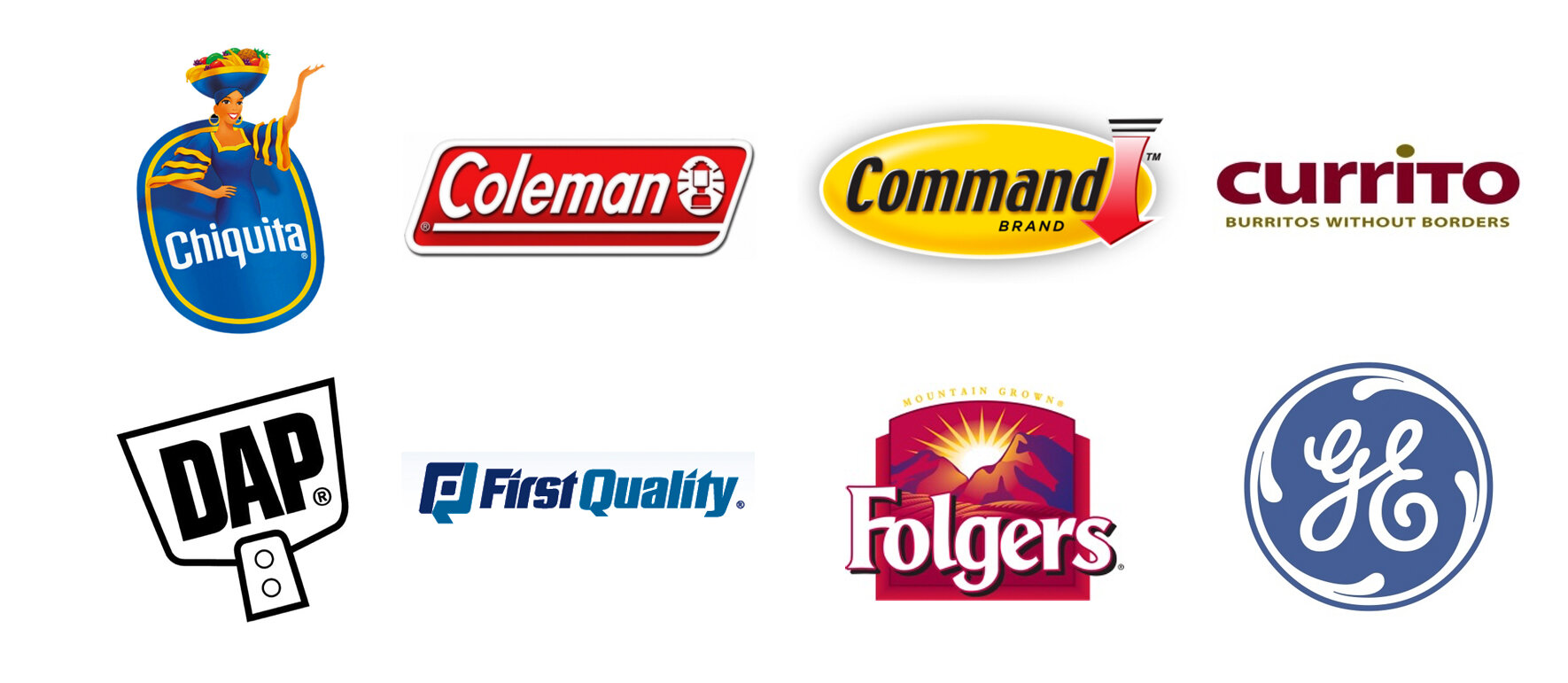
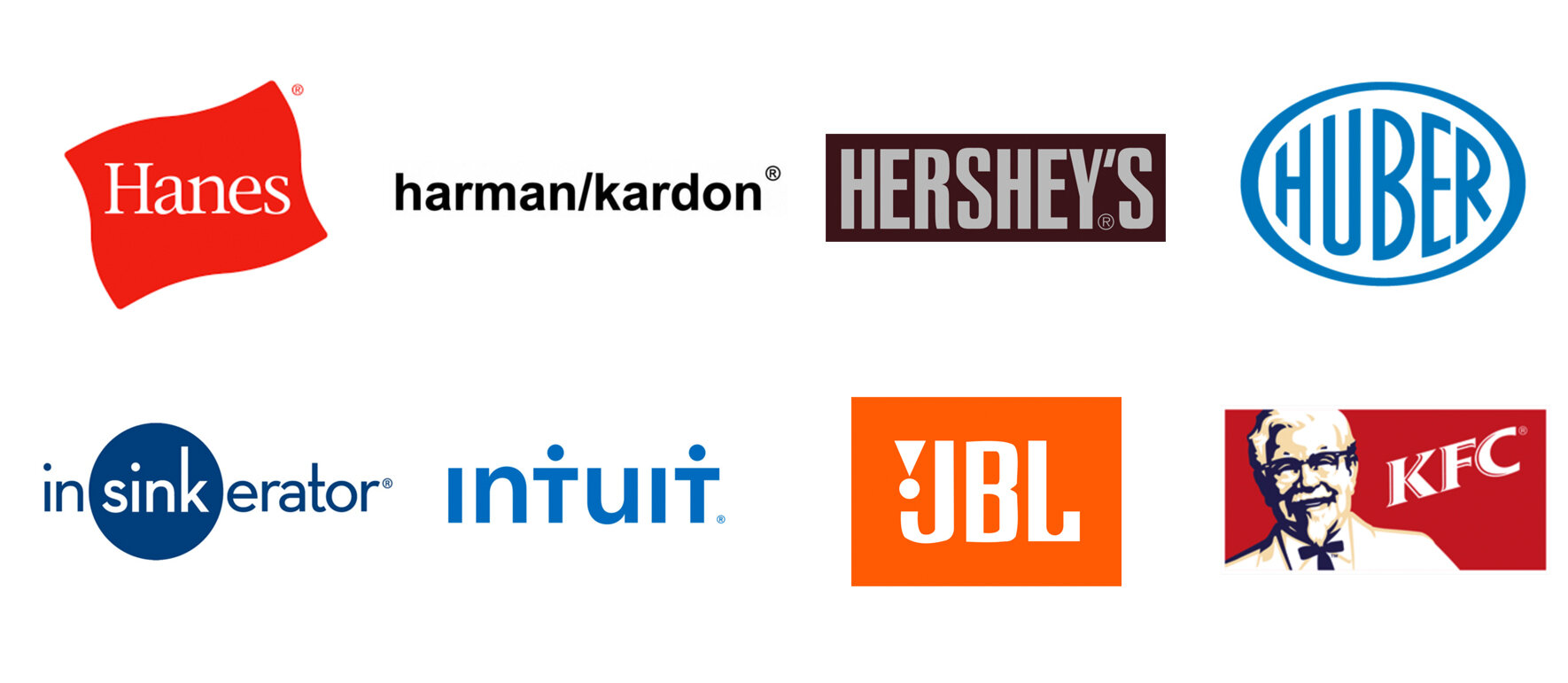
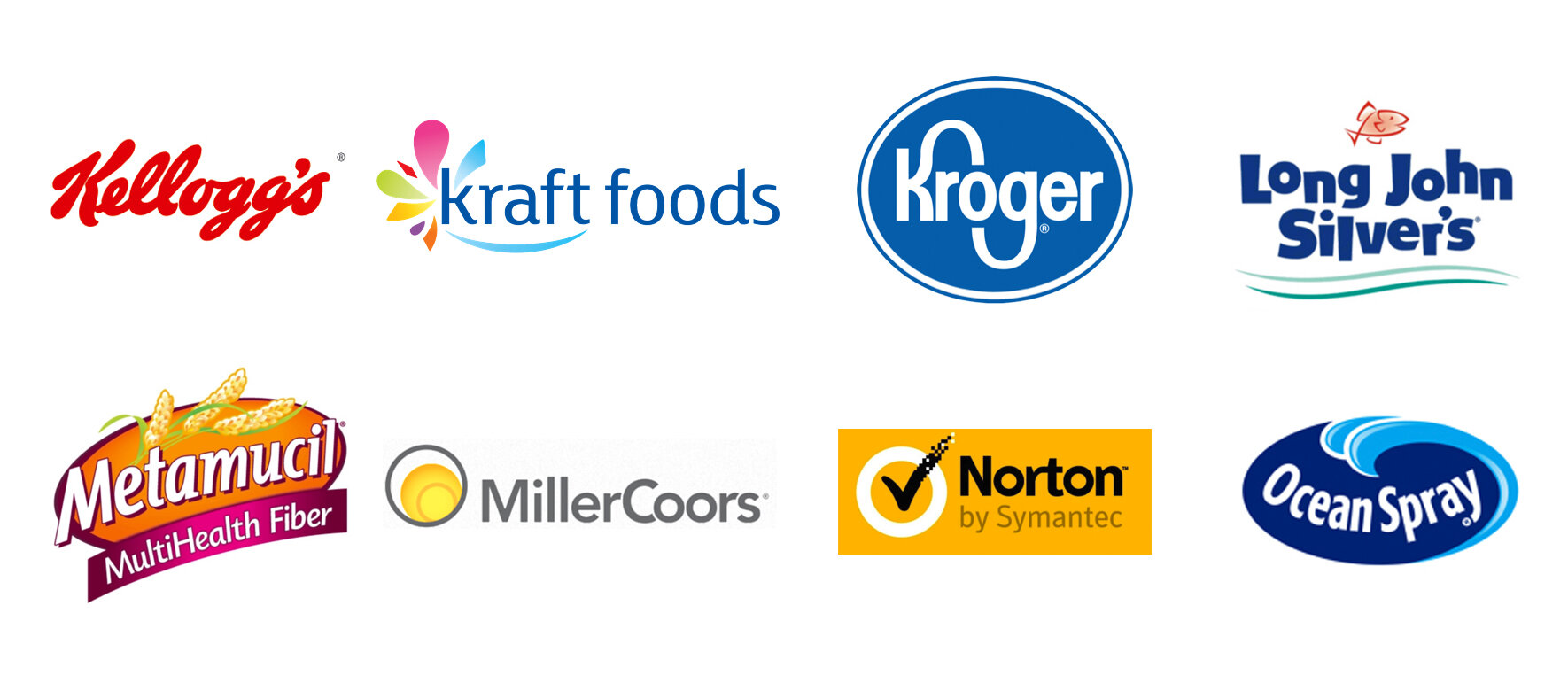

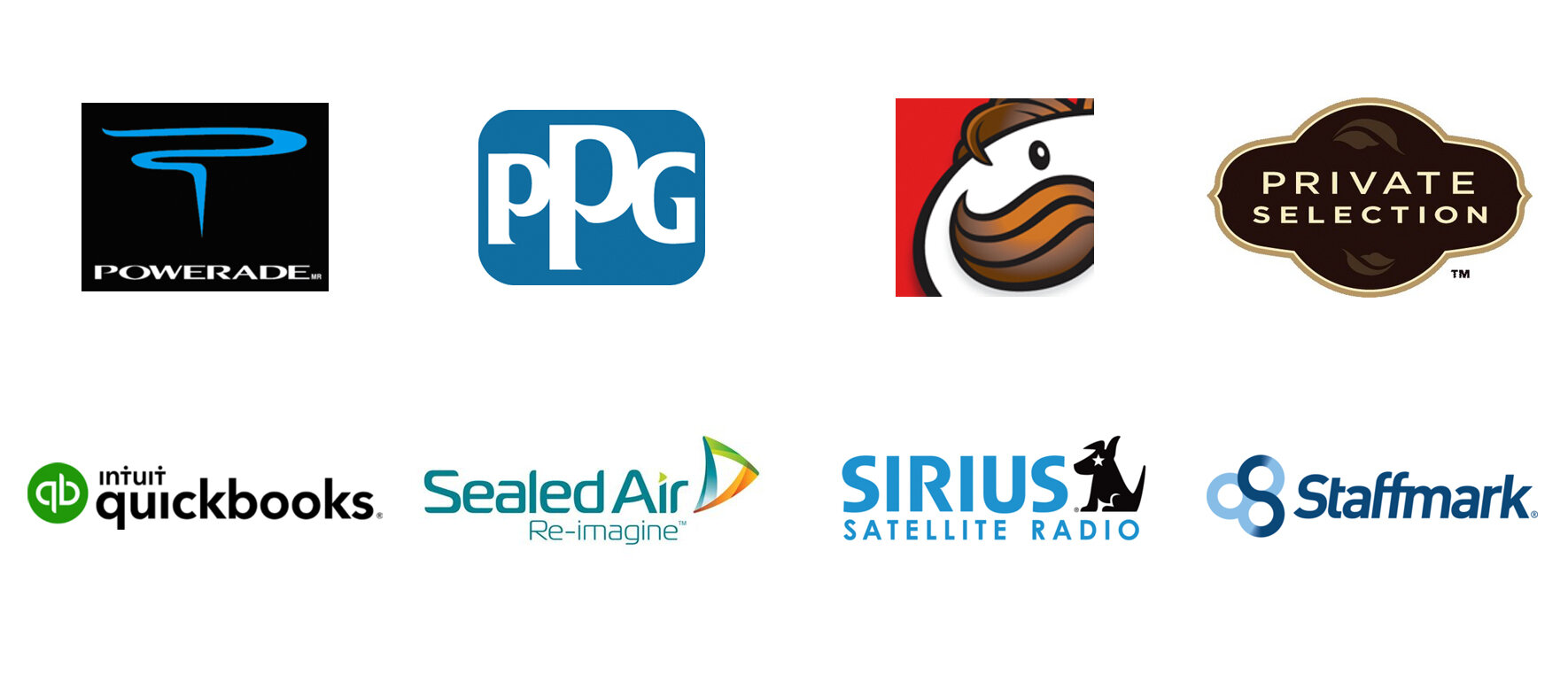
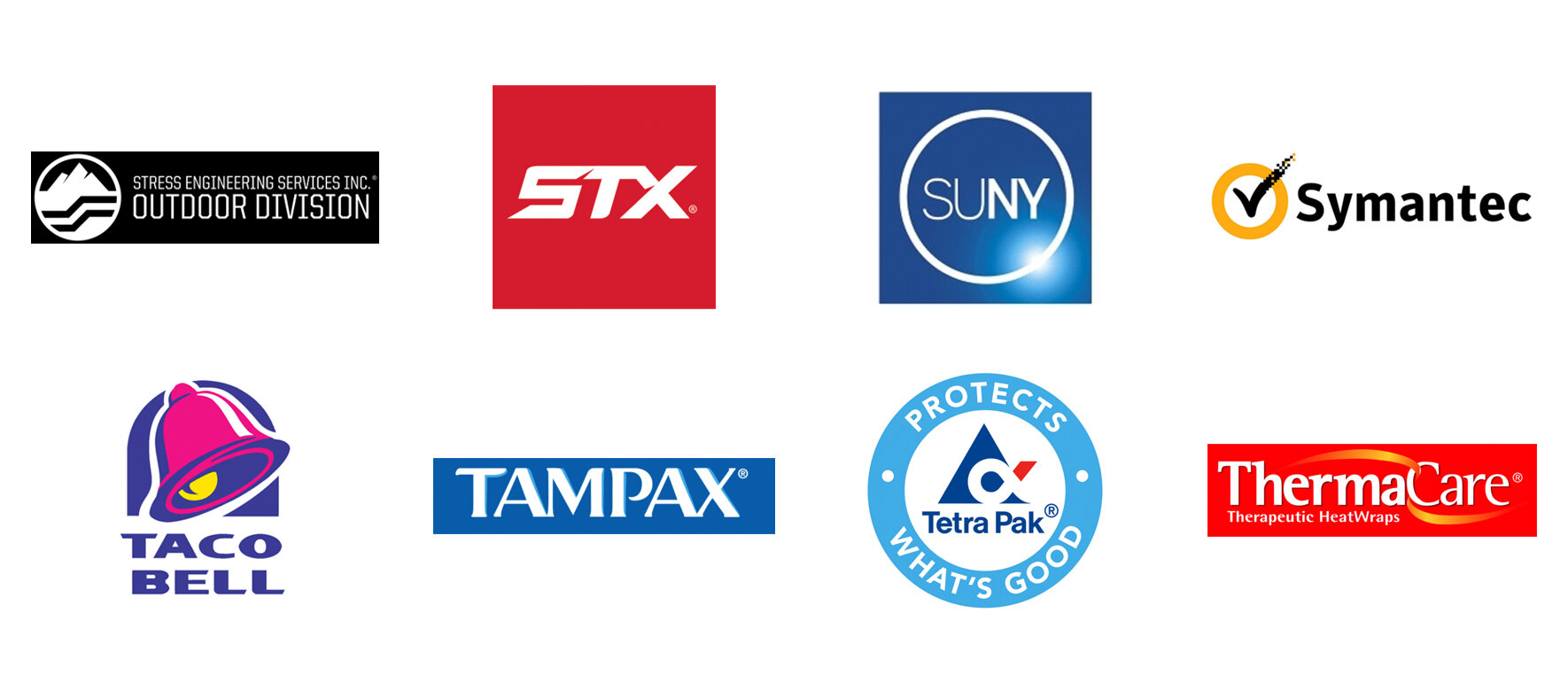
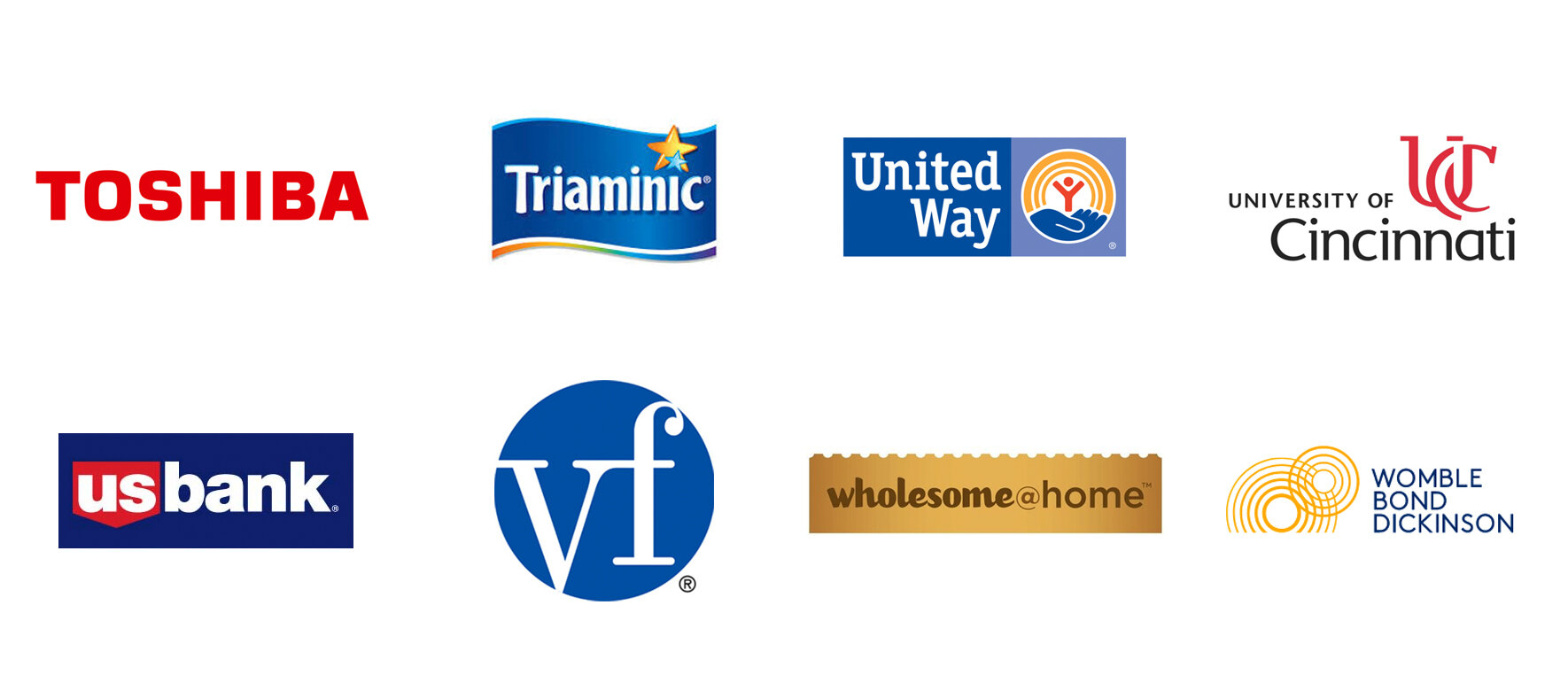
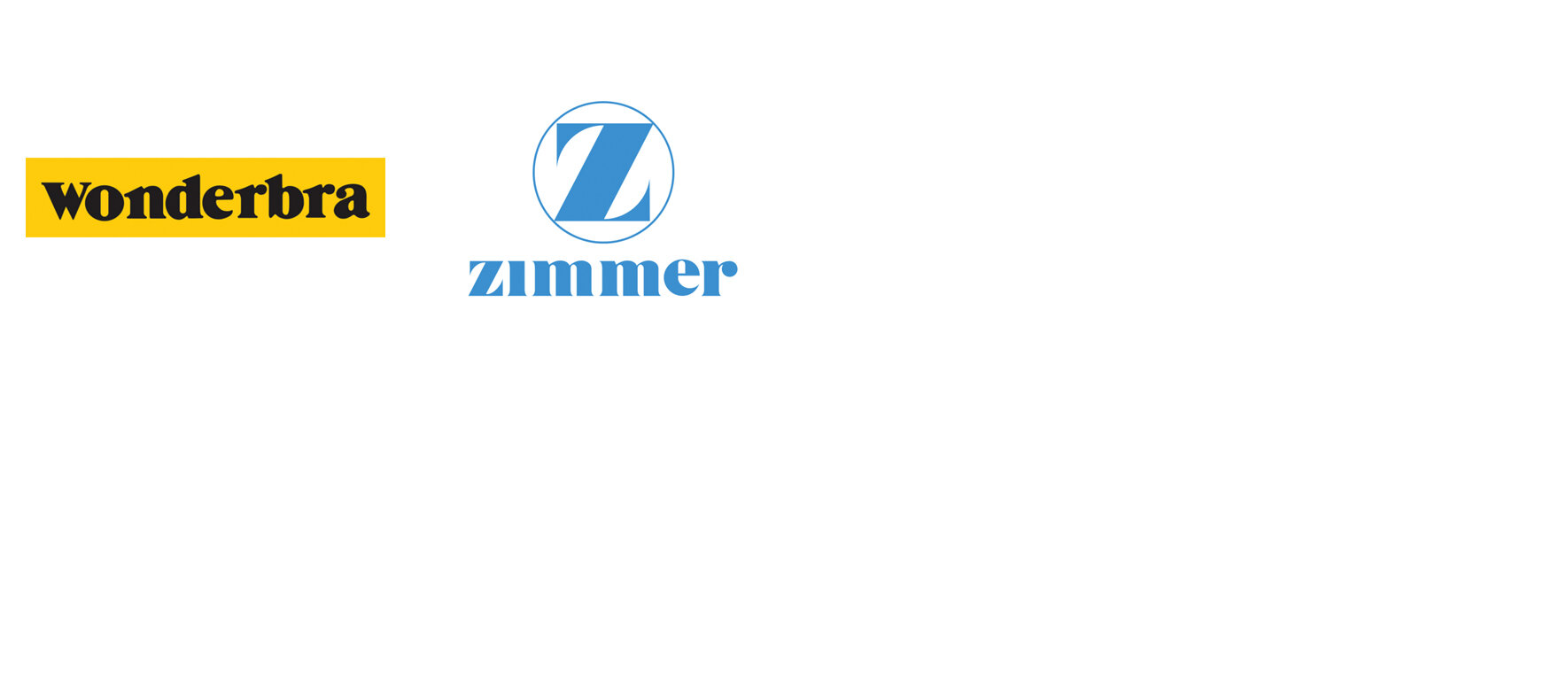






























A 2020 MIT Sloan Review study found that more than 80% of large companies published their core values online. Other studies place the number of companies with stated core values as high as 92%. This simply says that companies embraced the concept of stated core values.
But employee satisfaction scores tell a story of broken cultures. A Fond study of HR execs found that "only 22% responded that 60% or more of their employees know their company’s core values." A Gallup poll found that "just 23% of U.S. employees strongly agree that they can apply their organization’s values to their work, and only 27% strongly agree that they “believe in” these values." And a Leadership IQ study showed that "only 20% of respondents say their company always hires people who fit well with their company values."